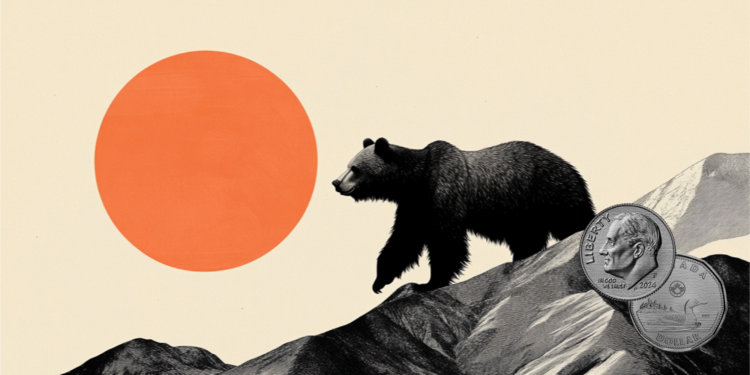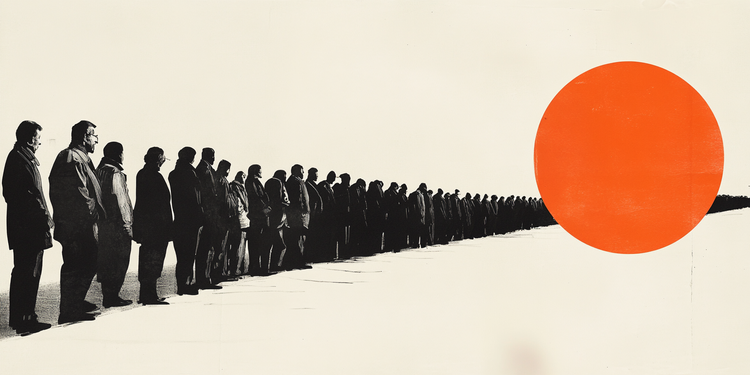After the terrible collapse of the Marmolada, the focus was on safety in the mountains, and on the difficulty in predicting potentially dangerous situations in a summer in which the climate crisis is when ever evident, the snow is not there and the glaciers are melting. . How predictable was what happened? Are there any new safety rules to follow? Is it correct to speak of safety in the mountains? We talked about it with Fabrizio Pinamountain guide for 15 years and Vice President of the National College of Italian Alpine Guides.
Are mountains different today than they used to be?
«Yes, especially in an exceptional year like this, in which there has been little snow and with very high temperatures and for a prolonged time, things are very different. The high altitude situation now at the beginning of July are what we usually have at the end of August and the beginning of September, when the season is over ».
What do the current conditions entail?
“The very little snow that was there has already melted – while usually the supply of snow that is used in the plains for irrigation ends in August – and even the glaciers melt, both due to the high temperatures and because they are not very protected by the mantle of snow”.
What changes in going to the mountains?
«It changes that the snow that is not there reveals the crevasses, which may not be a big problem, but in fact you are walking on ice which is a more difficult activity and which requires other precautions. These are more complicated conditions, which can be answered by implementing a correct risk assessment ».
Was the risk of those who went to Marmolada predictable?
“No, I didn’t think such a collapse was foreseeable. There are other glaciers that are monitored, and you don’t go there, but this one isn’t. As the meteorologist and climatologist Luca Mercalli also said, the Marmolada was not a glacier from which one could expect something like this ».
Even with these temperatures?
“The temperatures of that day did not bring down a mountain like this, it was not a known risk situation, even it is possible that the high temperatures for a long time created the problem”.
But the temperatures remain high
«Yes, but I want to say that going to the mountains is an activity that requires the acceptance of risk, we are not in a gym. Even in a simple mountain hike there can be very low risks, but something can always happen. If I don’t want any kind of risk in life, I don’t go out on natural ground ».
But there are some things to pay attention to, what are they?
“The weather conditions, the assessments on the route, if you proceed on the ice the sliding, the presence of crevasses and how solid are the ice bridges, the timing, the physical and psychological conditions of the people I accompany …”.
Will your work change?
“Until a certain point. The high mountains, the one with ice axes and crampons, are only one of our activities: if you don’t go to the glaciers for a year, we choose activities at lower altitudes, as is happening this year. Even before this collapse on the Marmolada we had already shifted our programs towards activities that take place at lower altitudes, such as climbing ».
But will the great mountaineering climbs continue to be done in the future?
“Yes, but they will become more and more complex, some so complex that they will be for a few”.
Give us some advice for going to the mountains
«The most important thing is to know what you are going to do, to be able to recognize the dangers knowing that you can face them. In short, you need to have a good awareness of yourself and your possibilities “.
Is it correct to speak of safety in the mountains?
«As I said, I would like to emphasize that the word safety does not exist when you go to the high mountains: even if we consider all the variables of each ascension, and we have a very prudent attitude, there are events that remain unpredictable. If something does not add up, we are the first to abandon the climb and go back: our work is not so much a physical work, our role is above all that of decision making. The skin of those we accompany depends on our decisions, as well as ours ».
What is the most difficult aspect of your job? This of deciding?
“No, it isn’t. We have no hesitation, even if we have to disappoint those who want to climb, we have no problem telling them to go back. In our work we must always be flexible, we depend on the weather conditions which change very quickly ».
\
Source: Vanity Fair







